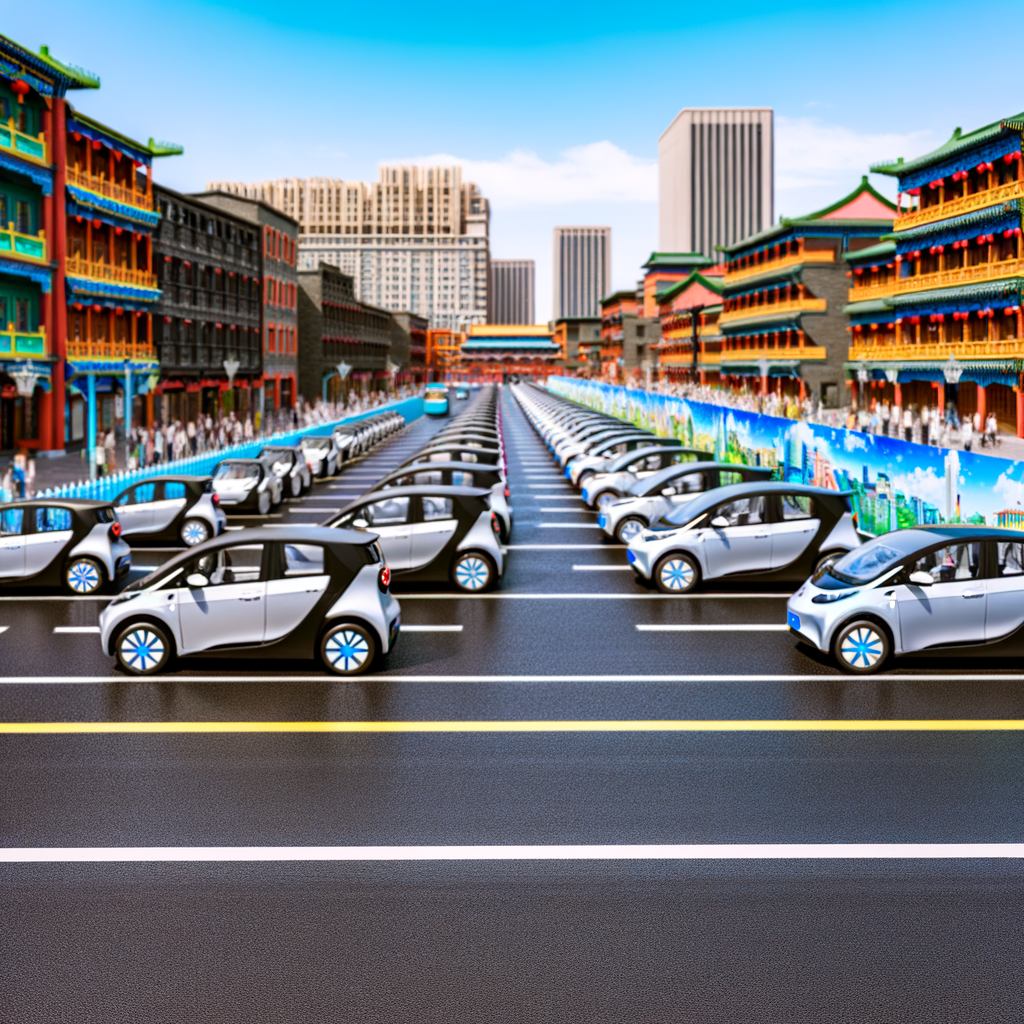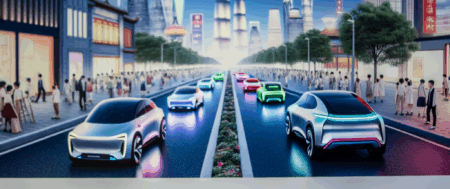TL;DR: China stands as the top and largest automotive market globally, offering significant opportunities and challenges to both domestic car brands and foreign automakers. The surge in demand for Electric Vehicles (EVs) and New Energy Vehicles (NEVs), fueled by urbanization, a growing economy, government incentives, and environmental concerns, has shaped a unique market landscape. Tapping into this market requires foreign automakers to enter joint ventures, navigating the complex regulatory landscape and leveraging strategic partnerships to access the vast consumer base. Success hinges on understanding consumer preferences towards innovation and sustainability, and utilizing technological advancements amidst intense market competition.
In the fast-paced lanes of global commerce, the China automotive market stands out as a beacon of rapid growth and unparalleled potential, securing its position as the world’s largest automotive market. This dynamic sector, fueled by a booming economy, an expanding middle class, and accelerated urbanization, has become a pivotal battleground for both domestic car brands and foreign automakers alike. As they navigate the intricate regulatory landscape through strategic partnerships and joint ventures, these players are keenly focused on capturing the hearts and wallets of Chinese consumers.
The surge in demand for Electric Vehicles (EVs) and New Energy Vehicles (NEVs), driven by robust government incentives and mounting environmental concerns, is reshaping the contours of the market. This transformative shift not only highlights China’s commitment to innovation and sustainability but also underscores the importance of understanding consumer preferences, technological advancements, and the regulatory environment to thrive in this competitive arena.
With an eye on top trends and a finger on the pulse of the market, our comprehensive exploration delves into the forces propelling China’s automotive sector forward. From the electrification of the industry to the strategic maneuvers behind cross-border alliances, we unravel the complexities that define the largest automotive market. This article serves as a roadmap for understanding how urbanization, a growing economy, and a green agenda are steering China towards a future where domestic prowess and international collaboration drive the wheels of progress. Join us on this journey through the vibrant streets of China’s automotive landscape, where innovation, competition, and strategic partnerships fuel the race for supremacy in a market that’s as dynamic as it is challenging.
1. “Navigating the Road Ahead: Understanding the Dynamics of the World’s Largest Automotive Market”

Navigating the complex and vibrant terrain of the world’s largest automotive market requires a multifaceted understanding of various driving factors, from shifting consumer preferences to the intricate regulatory landscape that governs the sector. China, standing at the forefront as the largest automotive market, presents a unique amalgamation of opportunities and challenges for both domestic car brands and foreign automakers.
The burgeoning middle class, coupled with rapid urbanization and a growing economy, has fueled an unprecedented demand for vehicles. This surge is not limited to traditional automobiles but extends significantly towards electric vehicles (EVs) and new energy vehicles (NEVs). These segments have seen exponential growth, primarily driven by government incentives aimed at curbing environmental concerns and promoting sustainable development. The emphasis on EVs and NEVs reflects not only a shift in consumer preferences but also highlights the country’s commitment to leading technological advancements in the automotive industry.
Foreign automakers looking to penetrate or expand their presence in this lucrative market often find themselves forming joint ventures with local Chinese companies. This strategic partnership approach is necessitated by China’s complex regulatory landscape, which can be daunting to navigate without local expertise. These collaborations offer mutual benefits: for foreign brands, a pathway to accessing a vast consumer base and for domestic companies, an opportunity to upscale their technological prowess through international know-how.
The market competition in China is fierce, with both domestic and international players vying for consumer attention. Success in this competitive arena requires not just an understanding of the regulatory hurdles but also an acute awareness of consumer preferences, which are continually evolving. Today’s Chinese consumers are more informed and discerning, seeking not just mobility but also vehicles that align with their lifestyle choices and environmental values.
Technological advancements play a critical role in shaping the future of the automotive industry in China. Innovations in autonomous driving, connectivity, and electric powertrains are increasingly becoming key differentiators. Companies that can leverage these technologies while aligning with government incentives and environmental policies are likely to gain a competitive edge.
In conclusion, the dynamics of the world’s largest automotive market are influenced by a confluence of factors including urbanization, a growing economy, environmental concerns, and the push for innovation. For automakers, both domestic and foreign, the path to success involves not just navigating the regulatory landscape but also forging strategic partnerships, understanding and adapting to consumer preferences, and staying at the forefront of technological advancements. The China automotive market, with its vast potential and inherent challenges, remains a critical battleground for the global automotive industry.
In conclusion, the journey through the labyrinth of the world’s largest automotive market reveals a landscape marked by its sheer scale, complexity, and forward momentum. China’s position as the top player in the global automotive industry is underpinned by its growing economy, increasing urbanization, and an expanding middle class with evolving consumer preferences. The tilt towards Electric Vehicles (EVs) and New Energy Vehicles (NEVs), driven by environmental concerns and robust government incentives, highlights the country’s commitment to sustainable mobility solutions. This shift, coupled with the intricate regulatory landscape, has necessitated strategic partnerships and joint ventures between foreign automakers and domestic car brands, enabling access to the vast consumer base while navigating market intricacies.
The competitive dynamics of the market are fueled by a blend of domestic prowess and international collaboration, underscored by technological advancements that are setting new benchmarks in automotive innovation. The emphasis on EVs and NEVs not only aligns with global environmental trends but also positions China as a pivotal player in the green revolution within the automotive sector. As the market continues to evolve, understanding local regulations, consumer behavior, and the importance of strategic partnerships will remain crucial for success in this dynamic and competitive environment.
The road ahead for the China automotive market is one of opportunity and challenge, shaped by government policies, market competition, and the relentless pace of technological progress. For industry players, both domestic and international, the key to navigating this landscape lies in adapting to the changing contours of consumer demand, regulatory frameworks, and environmental imperatives. As the largest automotive market in the world continues to grow and transform, its influence on the global automotive landscape will undoubtedly become even more significant, charting the course for the future of mobility on a global scale.







